In the classroom, there are many strategies that will work for some teachers, but not for others. Here are a few tips and tricks that have helped me manage my classes effectively in South Korea.
The Lesson Planning Stage
Preparation for a lesson is not only important for a teacher, but extremely important for your students.
You may or may not have to prepare a lesson plan for your school or academy. If you don’t, I strongly suggest you make one for every lesson even if it is not required. You can be assured that having a lesson plan filled with meaningful tasks, high energy and fun activities will activate and stimulate the interests of your students. Having your ideas on paper will initiate and create better ideas not only for that lesson, but for future lessons to come.
“A good lesson plan will keep your students active and motivated.”
The issues that arise in Korean classrooms will be different depending on the age-range of your students, the demographics of your students, and the motivations they have for learning the English language.
Obviously, all methods for classroom management will vary in maintaining an effective learning environment, but here are some dos and don’ts that can be relevant for every classroom.
Always engage and inspire your students
The students’ motivation in the classroom is like a rollercoaster. One minute, they will be completely attentive; the next, their heads will be on their desks, drooling on their books, or disrupting others because they have lost interest. Keeping your students engaged will keep them motivated to learn and have them behaving the way you want them to, thus also eliminating the need for disciplinary actions.
“Consider how you can teach your students English to create interest.”
The number one thing that will help with classroom management is to know your students names. If you can’t remember them, then make sure they have name tags on their shirts or desks.
When I’m explaining an activity or if I’m in the middle of a discussion and I see a student not paying attention, I immediately call the student by their name. I bring them back into the conversation by either asking questions or getting them to do an activity related to the current topic. For example, I provide writing tasks on the board that I have explained with the help of other students. This creates group discussions, which furthermore confirms that all students in the classroom understand what is going on.
There are two main benefits to calling a student by their name. Firstly, the student feels important because you know their name rather than pointing at them and calling out, “Hey, you!” Secondly, knowing that the teacher pays attention enough to know their name also lets them know that the teacher is aware of what they are doing at all times.
Another key to engaging students is by not staying in one spot all the time. I have seen many classes where teachers stand at the board to explain the topic, then continue to stand in the exact same spot until the activity has ended. Please go to DAISO and grab a laser pointer for 2,000 won. Walk around the classroom, walk in-between students, and use your laser pointer for the board. Talk to your students while walking around. This creates an atmosphere where you’re a part of the class and not just a lecturer at the front of it.
Don’t Underestimate the Importance of a Warm-up
Effective classroom management starts from the beginning. Preparing your students mentally, physically and linguistically will determine the challenges you will face throughout that lesson. Creating a warm-up that gets the students moving around and speaking English will generate energy and enthuse your students, regardless of your classes’ demographic position.
“A quick 5 minute warm-up will make your lesson take off.”
It’s the same as stretching before exercising; warming up relaxes your body, preparing you for physical activity. Likewise, classroom warm-ups relax the mind and body, preparing your students for focused learning.
Error Correction within the Classroom
One thing that I have learned over time is that you have to use positive correction techniques within your classroom. At first, you will automatically correct students by advising them of the appropriate way of speaking or writing. It’s natural for you to do this. However, what we are not realizing as teachers is that we are unintentionally embarrassing them in front of their classmates and friends. In Korean culture, being directly corrected in a classroom is considered being wrong. Therefore, correcting your student without any positive reinforcement will embarrass them in front of everyone. The last thing you want is for a student to lose confidence in the classroom and shut down. If this happens, disruptions will occur and it will be hard to get your classroom back on track and under control.
“Don’t mistake your students’ lack of English for their lack of intelligence.”
Always congratulate and encourage your students’ attempt to answer, even if they are wrong. However, you still shouldn’t ignore the incorrect English. Praise and confirm what they have answered, and then model to the students what needs to be worked on. This is where the learning comes in. Make your students repeat the correct pattern after you. This way, you are not telling them they are wrong, but rather encouraging them to speak and making them feel proud of what they have achieved.
Developing a Rapport with Your Students
I can never stress this enough: getting to know your students and building a rapport with them is the number one thing that will create a classroom that is well-managed. Once again, I must emphasize that having a well-managed class encourages learning to take place. Understanding your students will enable you to create lessons based around their satisfactions and needs. Furthermore, developing a good rapport with your students will reflect well upon you as a teacher. Hang out with them in the playground and talk to them. This is the best time to build a good relationship with your students.
While building a good rapport, you must also consider the culture of your students. Keep this in mind, and be careful about the topics you choose. You need to respect the customs of the Korean culture and their ways. You are employed to teach, not to change society, so don’t be disappointed if you can’t do something you want to do.
If at any time you are unsure about anything regarding Korean culture, please speak with your co-teacher or another Korean teacher for advice. One thing that I have learned while being in Korea is that getting a second opinion is better than thinking you can do something just because you’re a Native English Teacher. These days, I have gotten to the point where with almost everything I do, I get approval first. It saves you time and heartaches down the track.
Final Notes
There is one thing that will be really beneficial to you as a teacher, and that is to go straight to the source. There is nothing wrong with asking your students about your lesson. Receiving evaluation is the most effective way of improving your teaching styles and methods. Ask questions like: did your students enjoy the lesson, and why? What activities did they enjoy, and which activities did they not enjoy? What do they think would be more beneficial for them? Furthermore, the most important thing to evaluate is your classroom environment. Ask the students: could they hear ok? Could they see the board and materials effectively?
I have an anonymous suggestion box outside my room. Students write ideas, and I take them into consideration. This has made some weeks so much easier by preparing something they are interested in rather than blindly preparing something that they have no interest for.
You can also try changing your classroom tables around from time to time to see what arrangement is more effective for your classroom. This is where you find out the best positions for you to teach and for your students to learn. As a teacher, you want your students get the best out of your teaching. Students can lose concentration if they are unable to see and hear you properly.
Make sure to use your class rules and abide by them. Don’t just tell them the rules once and not enforce them. Having rules will keep your students in line and on the ball. Visual aids that you can point to are always more effective than verbal cues. If you want to get more respect from the students, then go the extra mile and make a teacher’s rules list. This creates an equal environment in which both students and teachers know what the rules are and that they need to be followed.
“What you put in is what you will get out of your class.”
Finally, try and enjoy your class! Your students can be the most enjoyable company you have in Korea. You are a role model for your students. If you are an energetic and enthusiastic teacher, it will motivate the students to be the same.
All the best with your teaching experiences here in Korea!
—
-Edited by Rafi Feliciano
-Photos courtesy of Pdsjoins, 2Nomads1Narrative, & Standford
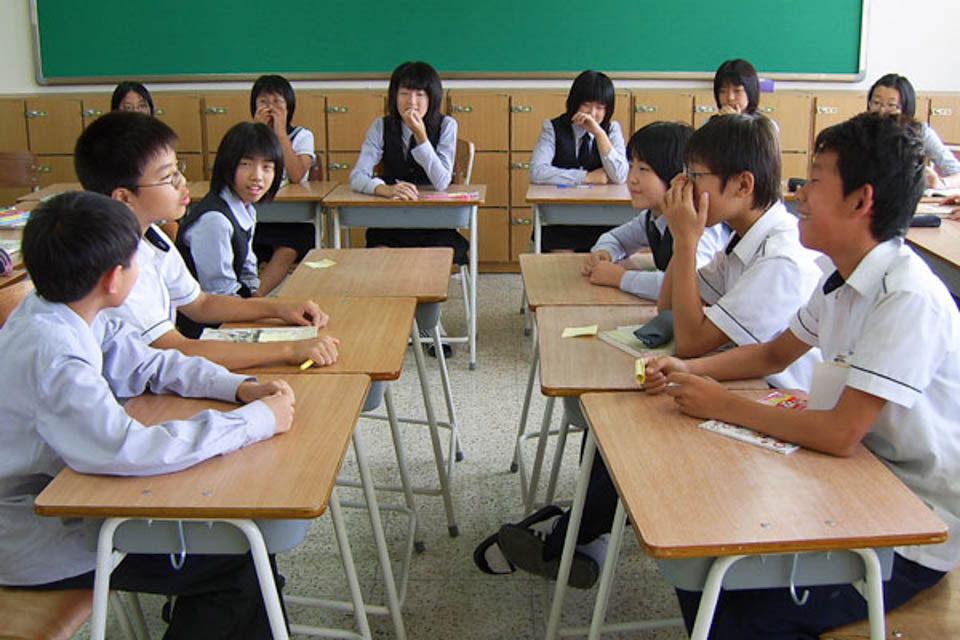
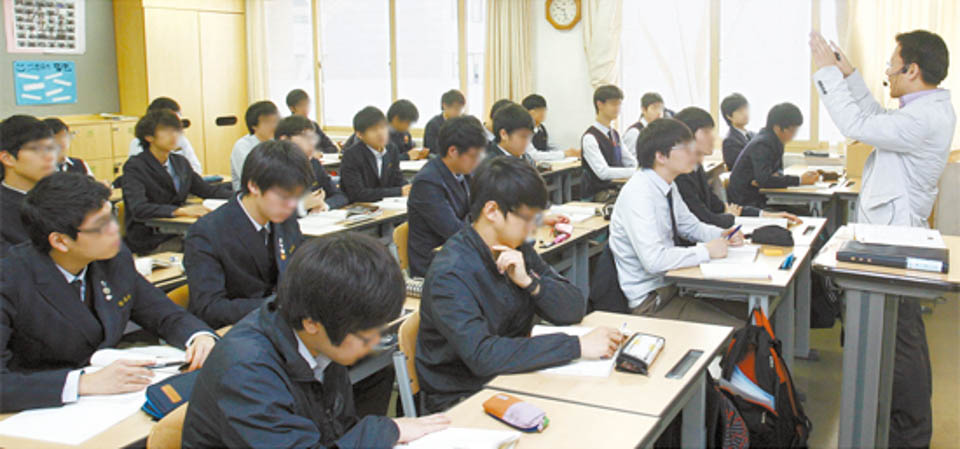
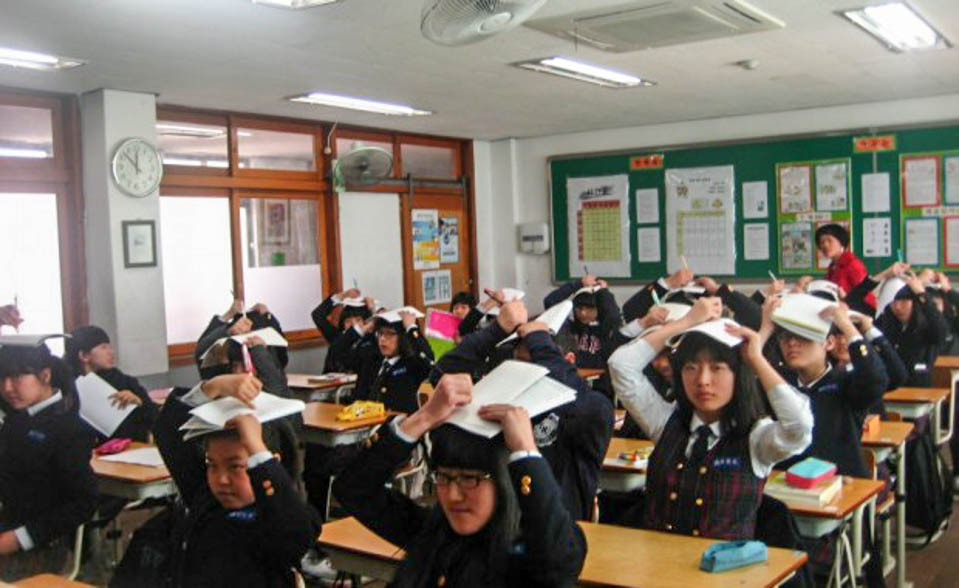
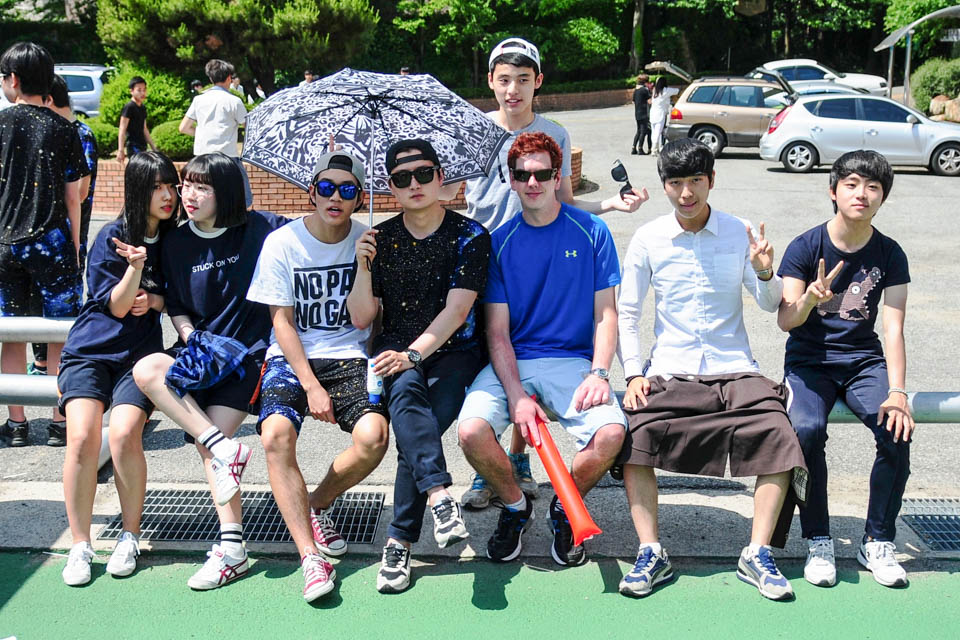

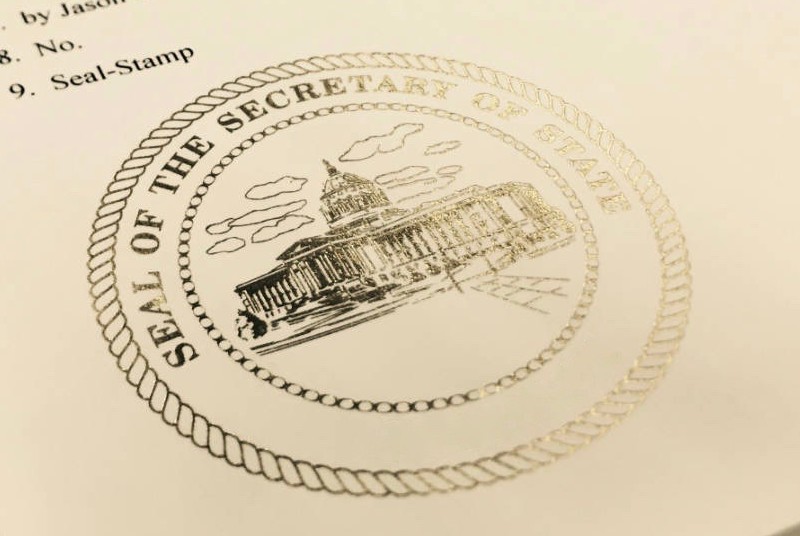
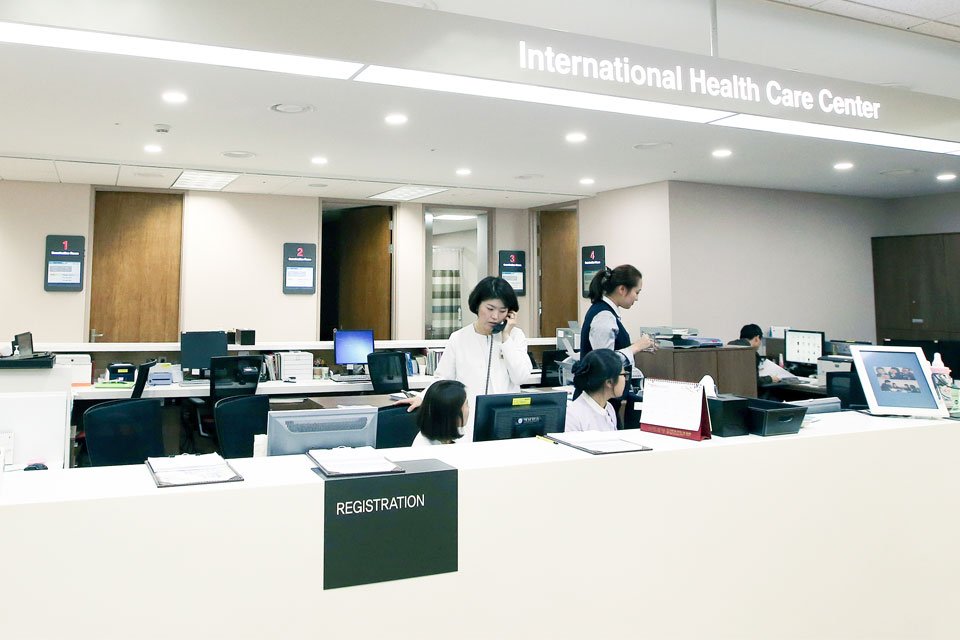


Jack Russells, as with any Terrier, manage to think they can win any fight and
can call on even a Pit Bull to prove it. You need to keep
in mind that your presence makes a lot of difference for
the children and so does your mood. In closing, while Jack Russell jumping
can be an issue for owners, there are solutions to fix it.